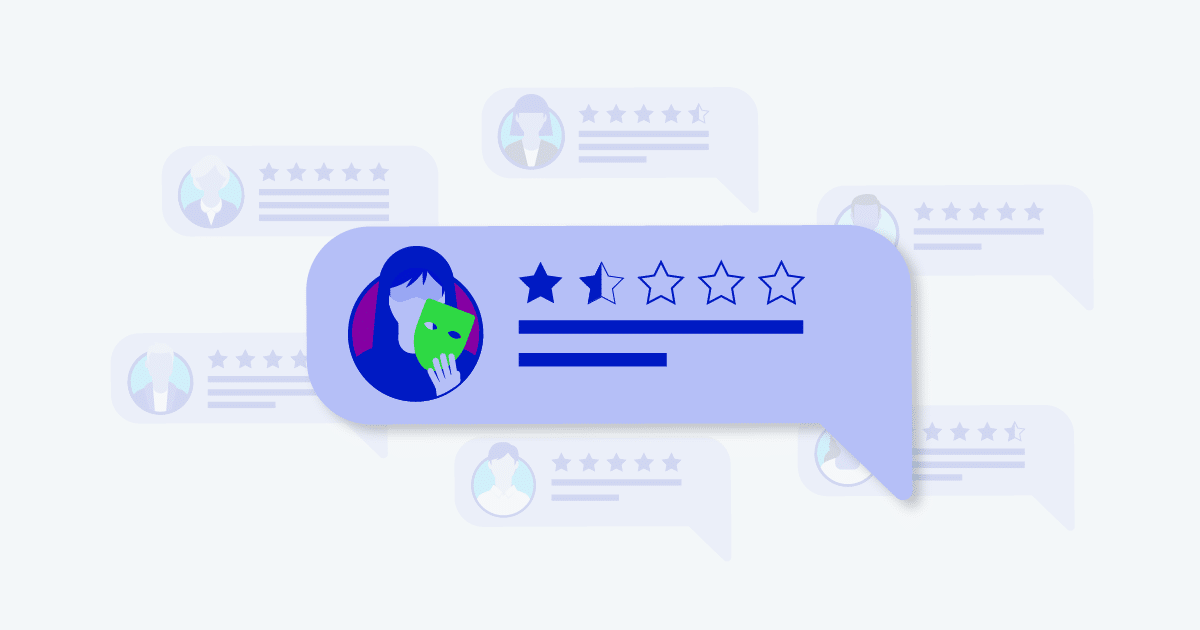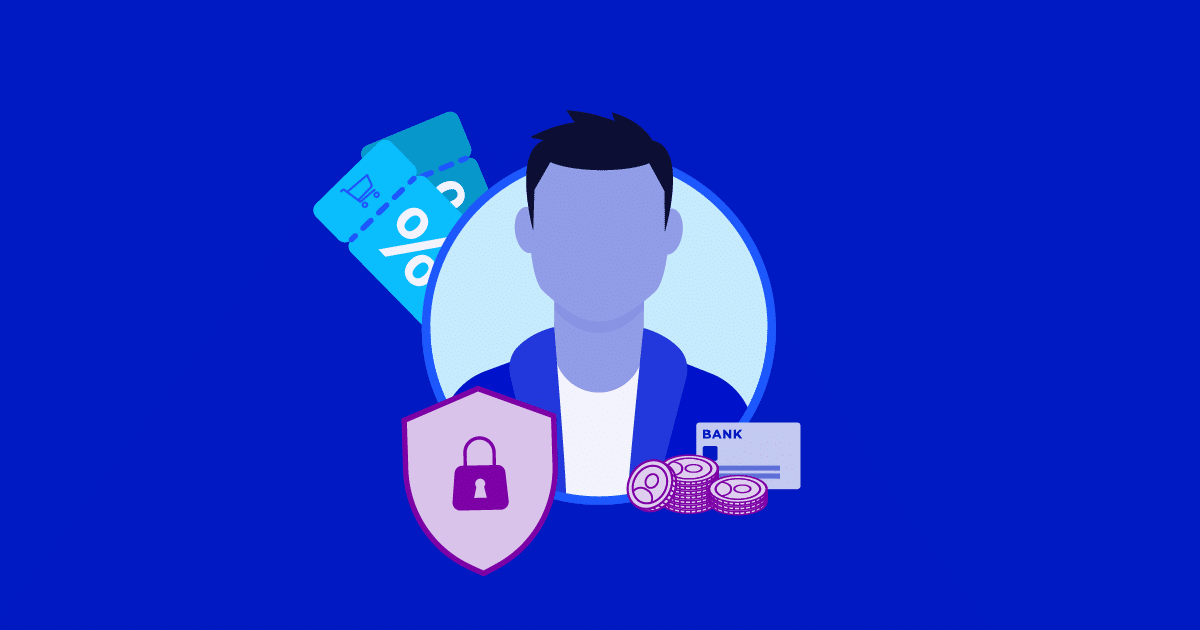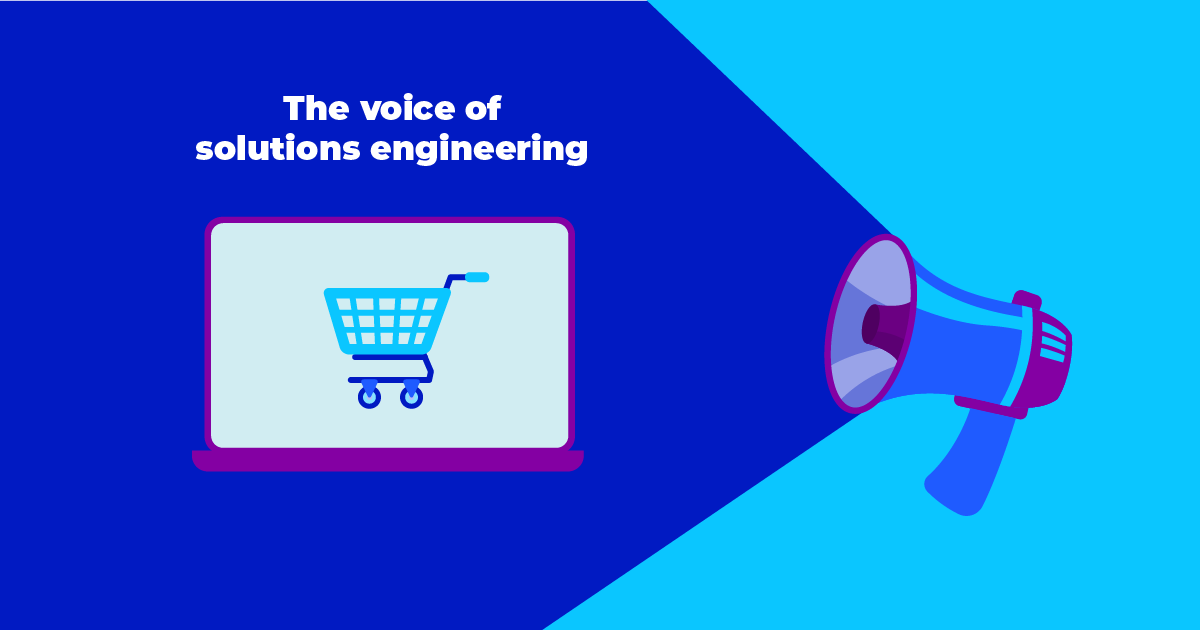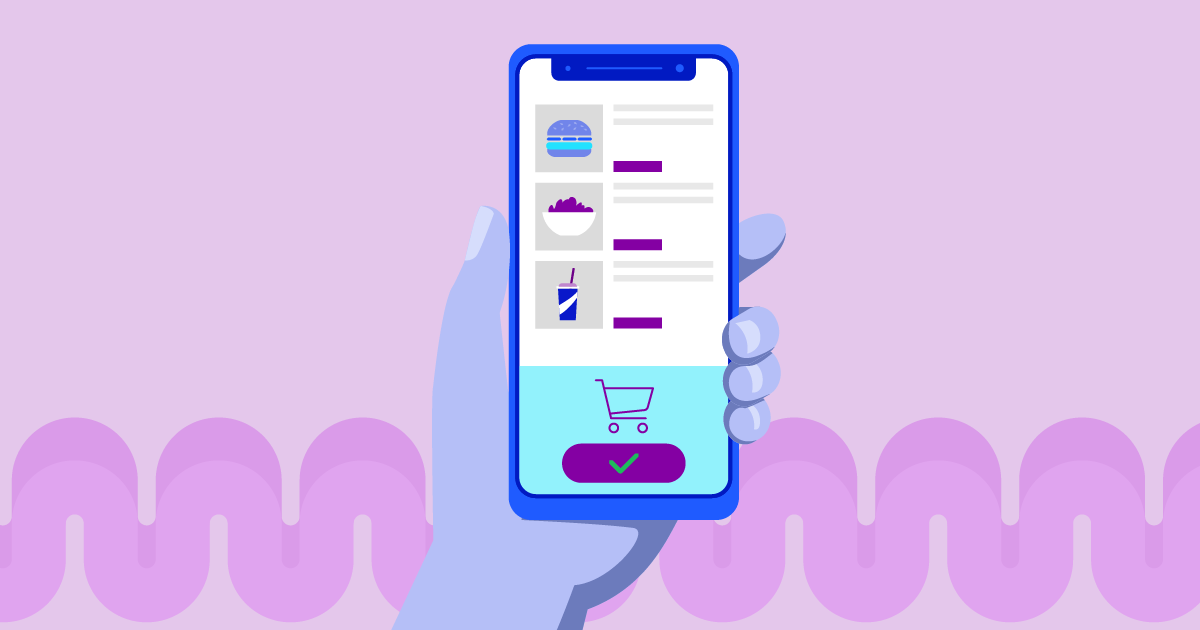
On-demand services are transforming the way we live, giving us more control over how, when, and where we buy, sell, and trade the services and products that make up our lives.
Consumers went from using an app to get a ride somewhere, to ordering food and paying for it on their smartphone. The convenience of on-demand has no doubt been a huge positive in people’s lives, but where things get complicated is in the fraudulent activities infiltrating these services.
The expansion of these services has brought an explosion of fraud growth, both in volume and complexity. Companies are struggling to find real solutions to stop this from ruining consumer’s experiences on their platforms.
Today, we’ll look at these on-demand services, break down how they’re impacting consumers and industries, and then uncover the types of fraud plaguing them and show how to combat it.
Table of Contents
On-demand services explained
The term Ôon-demand’ is defined in different ways, but in general, today’s on-demand businesses offer services to consumers through an app, which allows people to conveniently order food, rides, movies, and more (even healthcare) in real time on their smartphones/devices for quick deliveryÑoften within minutes or instantly via download.
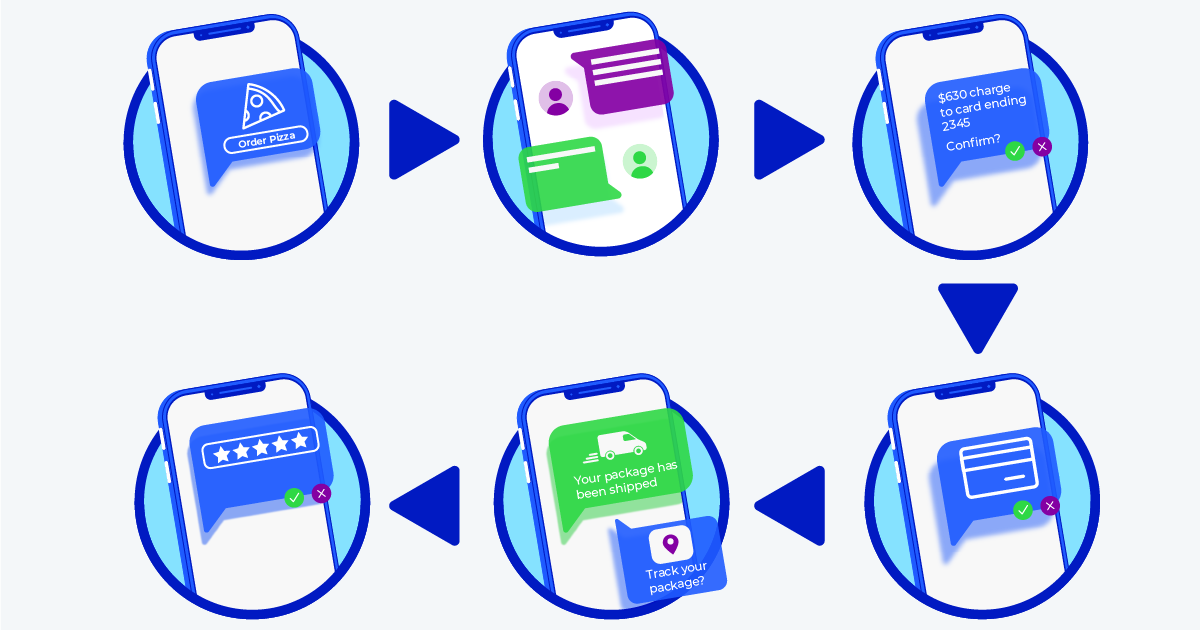
For example, someone looking to travel might use an on-demand service app on their smartphone to purchase a ride to their destination. The entire transaction from start to finish is completed digitally, from ordering and driver/passenger communication, to rider and passenger reviews.
Types of on-demand services
On-demand services are growing, with the on-demand economy expected to balloon to $335 billion by 2025.
Here is a list of the different on-demand service types, along with well-known brands that provide the service as part of an overall or sole delivery model:
- Food delivery: GrubHub, UberEats, DoorDash
- Grocery: Instacart, AmazonFresh
- E-Commerce: Amazon, Walmart
- Travel and transportation: Uber, Lyft, Airbnb
- Healthcare: BetterHelp, Heal
- Entertainment: Netflix, Hulu, HBOMax
Note that this list is expanding quickly, with other industries, such as the oil and gas industry, planning to join the on-demand sector.
Now that you have an idea of what kinds of on-demand services exist, let’s learn more about how these applications operate.
Typical on-demand service business model
No two business models are exactly alike, but to provide insight, here’s an example of a six-step on-demand service model:
- The customer uses the on-demand application to make a request for a service/product
- The on-demand app connects with the service/product provider
- The customer completes the payment (digitally)
- The service provider verifies and accepts the transaction
- The service provider delivers the service/product to the customer
- The customer uses the app to leave reviews for their experience
How has on-demand availability impacted consumers?
The widespread growth and availability of on-demand services 86.5 million Americans have used them has changed how consumers shop and their expectations when they do so.
For eCommerce, consumers are often unwilling to wait more than two days to receive purchases.
Instead, same-day service is expected on many items. In fact, 12% (30 million) of eCommerce purchases in the US were selected for in-store, curbside, or same-day delivery. It’s a growing trend that demonstrates the expectational shift brought about by these services.
Another area where on-demand has impacted consumers is customer service and convenience expectations. People now complete transactions and access services without a third-party salesperson’s help. Changing, canceling, or rescheduling orders is now done with a smartphone without a support team’s help, and even returns can be handled digitally with product drop off being the only physical step.
How has on-demand availability impacted businesses?
Industries are adapting to or fully adopting the on-demand model. But which industries are impacted the most and why?
Because on-demand apps provide products and services quickly and conveniently, the following industries were natural fits, and businesses in these sectors that have not adapted are being left behind:
- Travel
- Food delivery
- Transportation
- Healthcare
One example that demonstrates on-demand’s business disruption is the transportation industry.
Though companies like Uber and Lyft initially elbowed in on services like taxi cabs, the taxi services have adapted, ultimately giving their consumers more convenient options to keep pace with on-demand.
The fraud types and other challenges on-demand services face
As we continue to use on-demand apps for services that formerly required in-person or at least voice call interaction, we are also providing unprecedented amounts of personal information across the internet as we complete sign-up processes.
Bad actors, unfortunately, are on it. Relentless and well-funded, fraudsters use the apps not for service, but for fraud.
Let’s look at some of the more prevalent tactics fraudsters use to steal from on-demand businesses and their customers, as well as other challenges facing growing on-demand service providers.
Fake accounts
Fraudsters create fake accounts to manipulate digital likes’ or installation numbers to benefit themselves. Fake accounts are created using stolen email addresses, phone numbers, and usernames to build deceptive profiles designed to trick security checks.
Once onboarded, fake users spread misinformation, network with unsuspecting valid users, impersonate brands, and commit fraud. Fake users ruin company ecosystems, forcing businesses to restrict transactions from platforms without fake user protections in place.
When it comes to ride-sharing services, for example, fake users spoof their GPS location to trick the app into paying them for a completed ride/delivery. They also manipulate the rating system of accounts, boosting the reputation scores of specific drivers to obtain better transactions.
Onboarding issues (long sign-up process)
A customer’s initial excitement after downloading an app is easily deflated if the sign-up process contains too much friction. Consumers today expect some level of onboarding friction; however, too much can drive them away.
The struggle for on-demand businesses is finding the sweet spot between a satisfied customer and a safe onboarding experience.
Promo abuse
Promo abuse is one of the most expensive types of fraud, with 78% of retailers reporting a serious increase in recent years.
Promo abuse occurs when users create multiple accounts to access and exploit free trials, coupons, referral bonuses, and more. These accounts, which are often used once then abandoned, cause serious issues for businesses. Mainly, promo abuse costs companies via customer acquisition costs and revenue.
In a recent case, promo abuse scammers stole $195,000 by referring fake drivers to delivery apps.
Account takeover
Account takeover (ATO) attacks are when hackers gain access to personally identifiable information (PII), which they can leverage to take over the accounts attached to this info.
ATO is bolstered by increases in data breaches, social engineering attacks, phishing, and brute force attacks.
Fraudsters can use the stolen PII and accounts to take over apps and make fraudulent purchases. They also create clone apps, designed specifically to steal PII and other credentials from victims who download them.
How does someone go about shutting down this fraud while maintaining positive consumer experiences? The answer lies in effective onboarding.
What should a seamless on-demand onboarding experience look like?
One of the biggest roadblocks customers face when committing to an on-demand app is whether the onboarding process is convenient, engaging, and secure.
As such, you’ll want to create a signup process that reduces friction, moving customers quickly onto the platform to avoid abandonment. At the same time, customers want to feel secure on your platform, confident that you are protecting them and their data.
Along the way, you should engage your customers at critical touchpoints to both build and maintain confidence, while also pushing notifications for relevant offers, such as discount codes and specific product support.
How Telesign can help on-demand service businesses’ onboarding processes
Telesign provides onboarding intelligence, allowing you to oversee and implement an efficient, trusted onboarding experience for your customers.

As discussed, on-demand services face a high volume of fake users, bulk account creation, and promo abuse. Telesign’s onboarding intelligence authenticates good users and challenges bad actors, which ultimately keeps high-risk users off your platform.
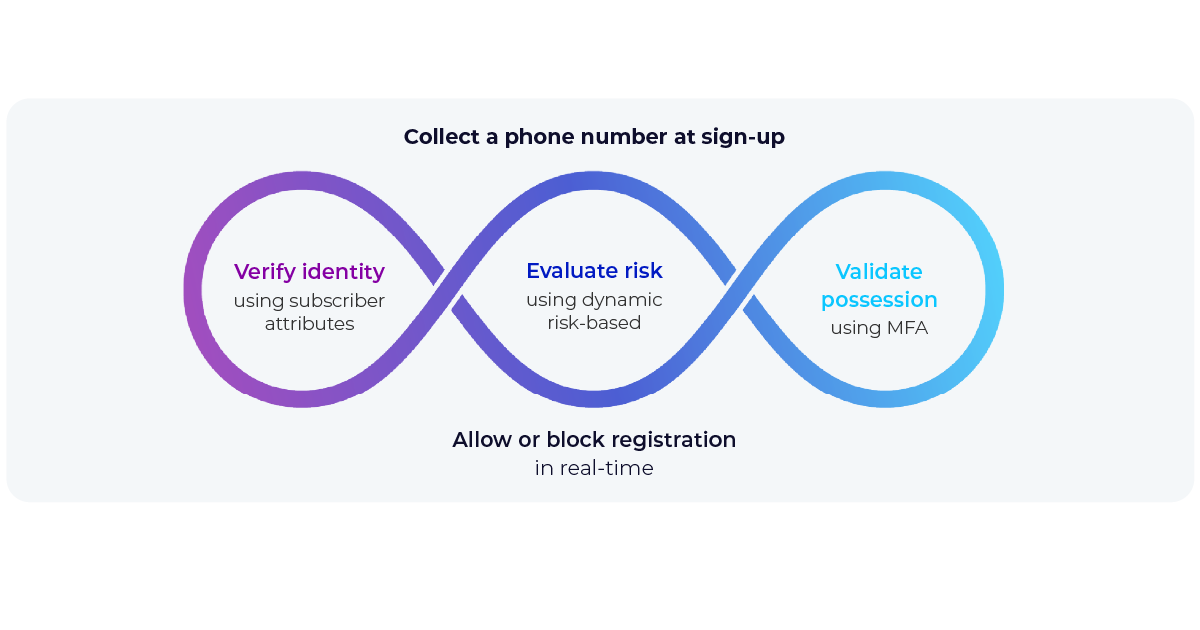
Telesign gives you the power of onboarding security via reputational scoring. This unique, AI-backed reputation score leverages over 2200 identity signals, has transformative risk assessment, and shuts down fake users at scale.
If you’re interested in the many ways Telesign maximizes the efficacy of onboarding for on-demand services, chat with us today to learn more.
